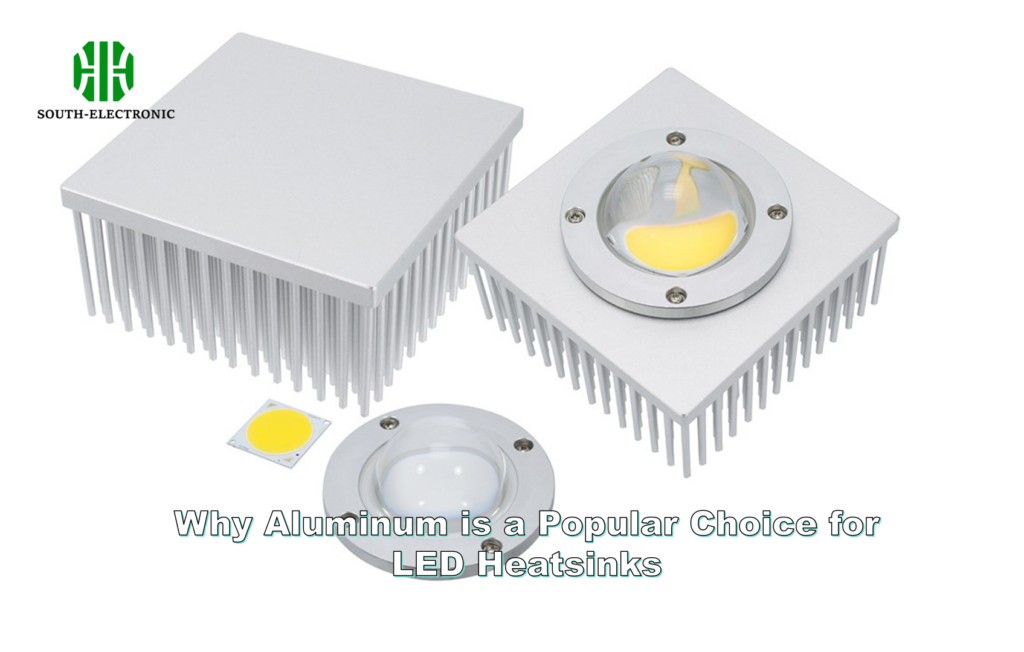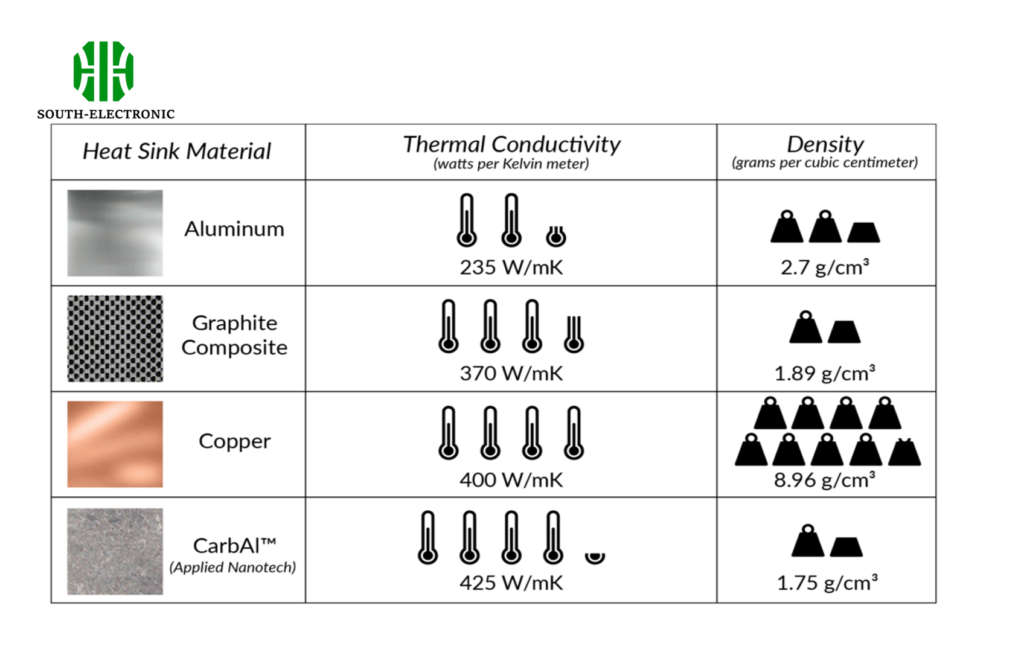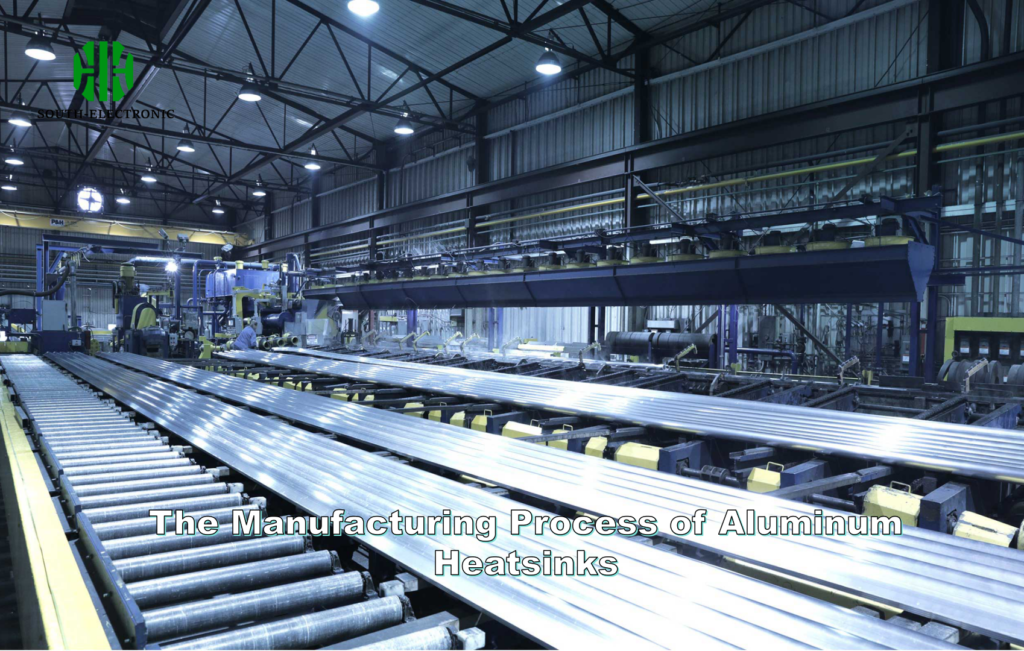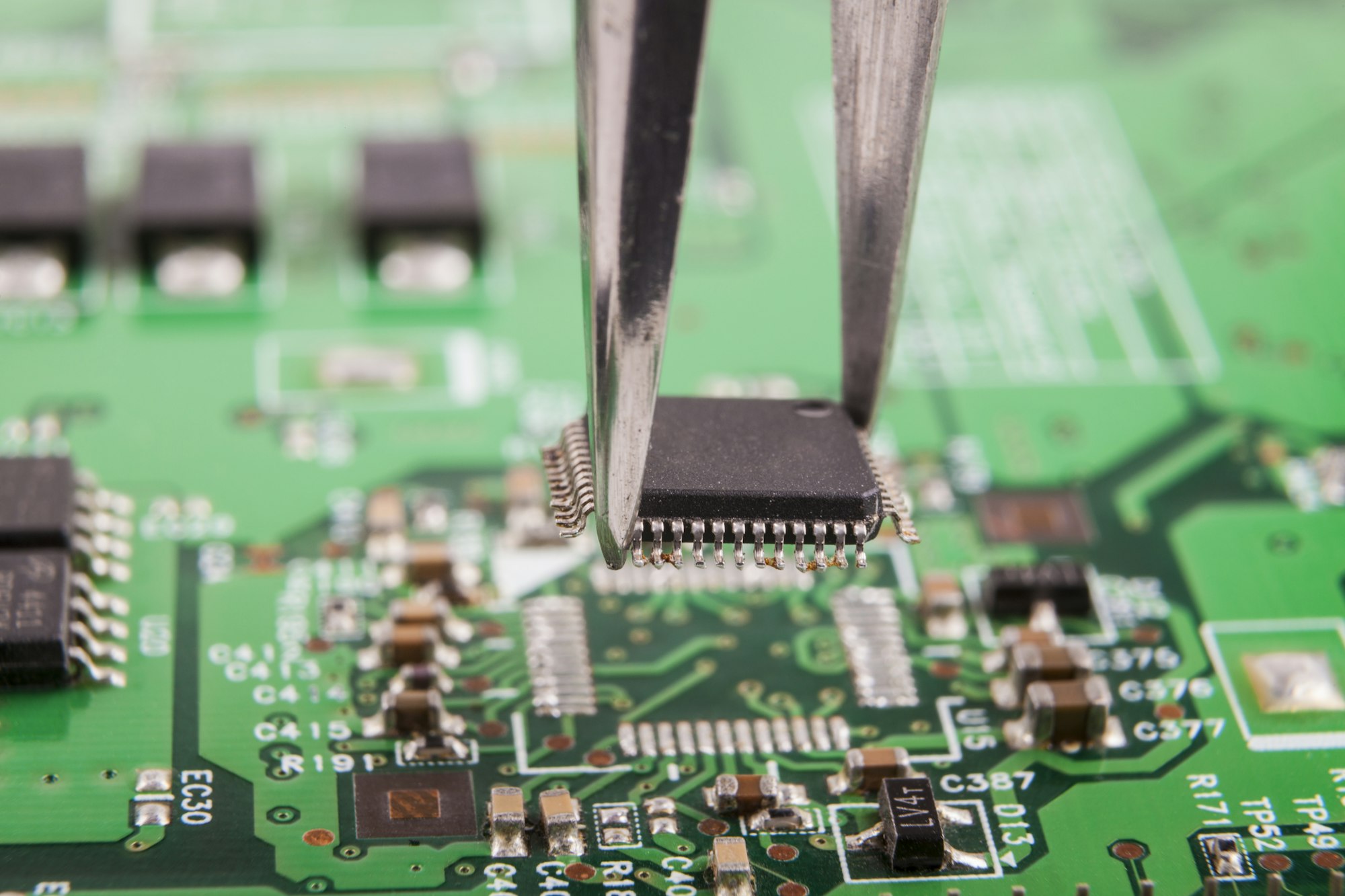Is Aluminum a Suitable Metal for an LED Heatsink?
aluminum is a highly suitable material for LED heatsinks due to its excellent balance between cost, weight, and thermal conductivity. While other materials like copper offer superior thermal performance, aluminum’s affordability and ease of manufacturing make it the go-to choice for most LED applications.
Heatsinks are essential in managing the thermal output of LEDs. Without adequate cooling, LEDs can suffer from reduced efficiency, color shift, and even permanent damage. The choice of material for a heatsink is, therefore, critical. Among the materials available, aluminum has emerged as a popular choice. But is aluminum the best option for LED heatsinks? Let's explore.
Why Aluminum is a Popular Choice for LED Heatsinks

Aluminum’s Thermal Properties
Aluminum is well-known for its excellent thermal conductivity, although it is not the highest among metals. Copper, for example, has superior thermal conductivity but is significantly more expensive and heavier than aluminum. The ability of aluminum to effectively dissipate heat, combined with its cost-effectiveness, makes it a preferred material for many LED heatsink applications.
Comparison of Thermal Conductivity of Common Heatsink Materials
| Material | Thermal Conductivity (W/mK) | Cost Relative to Aluminum | Weight Relative to Aluminum |
|---|---|---|---|
| Silver | 429 | 100x | 1.05x |
| Copper | 401 | 4x | 3.32x |
| Gold | 317 | 300x | 1.51x |
| Aluminum | 237 | 1x | 1x |
| Steel | 50 | 0.5x | 2.5x |
Cost-Effectiveness and Availability
One of the primary reasons for aluminum’s popularity is its cost-effectiveness. Aluminum is much cheaper than copper, making it an attractive option for large-scale manufacturing. Additionally, aluminum is widely available and easy to work with, which reduces production costs further. Manufacturers can extrude aluminum into complex shapes with fins and grooves that increase the surface area, enhancing heat dissipation.
Weight and Structural Advantages
Aluminum is lightweight compared to other metals like copper, making it easier to handle and install. This is particularly important in applications where weight is a critical factor, such as in automotive or aerospace industries. The lightweight nature of aluminum does not compromise its structural integrity, making it suitable for various LED applications, from small lighting fixtures to large industrial installations.
Comparing Aluminum with Other Heatsink Materials

Aluminum vs. Copper
Copper is often considered the gold standard in thermal conductivity. However, when comparing aluminum with copper, several factors come into play, including cost, weight, and manufacturability. While copper dissipates heat more efficiently, its higher cost and weight often outweigh its thermal advantages, especially in applications where aluminum can provide sufficient cooling at a fraction of the cost.
Aluminum vs. Copper in LED Heatsink Applications
| Criteria | Aluminum | Copper |
|---|---|---|
| Thermal Conductivity | 237 W/mK | 401 W/mK |
| Cost | Lower | Higher |
| Weight | Lighter (2.7 g/cm³) | Heavier (8.96 g/cm³) |
| Ease of Manufacture | High | Moderate |
| Corrosion Resistance | Good (with anodizing) | Excellent (but prone to oxidation) |
Aluminum vs. Other Materials
Other materials, such as steel and certain composites, are sometimes used in specialized heatsink applications. However, they typically fall short in thermal performance compared to aluminum and copper. Steel, for example, has much lower thermal conductivity, making it a less effective material for LED heatsinks.
The Manufacturing Process of Aluminum Heatsinks

Extrusion and Anodizing
One of the significant advantages of aluminum is its ease of extrusion. The extrusion process allows manufacturers to create intricate designs with fins and channels that maximize the surface area for heat dissipation. After extrusion, aluminum heatsinks often undergo anodizing, a process that enhances corrosion resistance and provides an aesthetically pleasing finish.
Customization and Versatility
Aluminum heatsinks can be easily customized to meet the specific requirements of different LED applications. Whether it's a compact design for a small LED bulb or a larger, more complex structure for industrial LED lighting, aluminum can be tailored to suit various needs. This versatility is one of the reasons aluminum remains a top choice for LED heatsinks.
LED (Light Emitting Diode) technology has revolutionized the lighting industry due to its energy efficiency, longevity, and environmental benefits. However, one of the critical factors in maintaining the performance and lifespan of LEDs is efficient heat dissipation.



